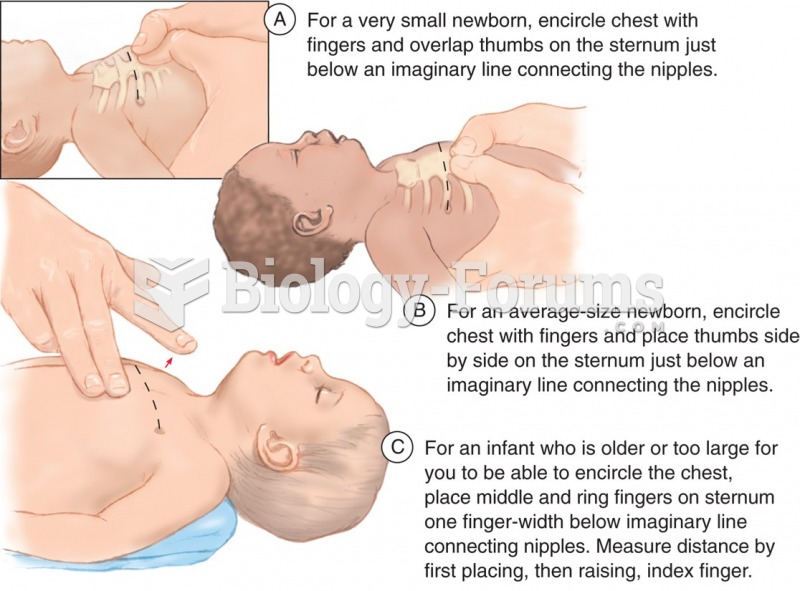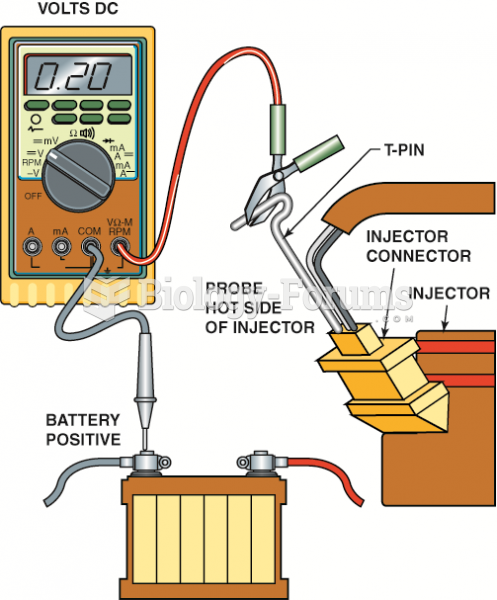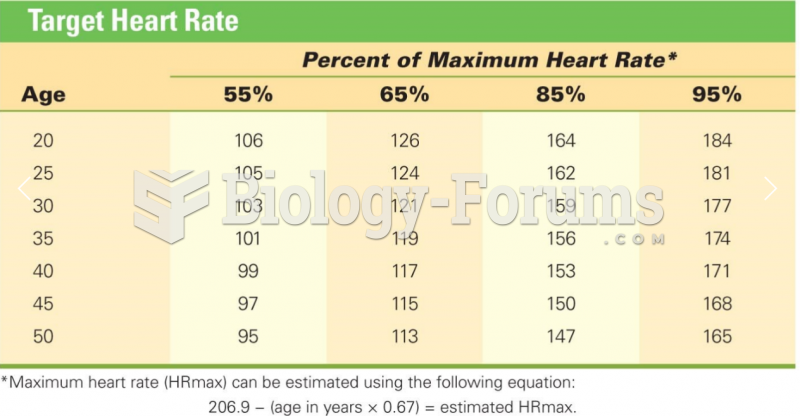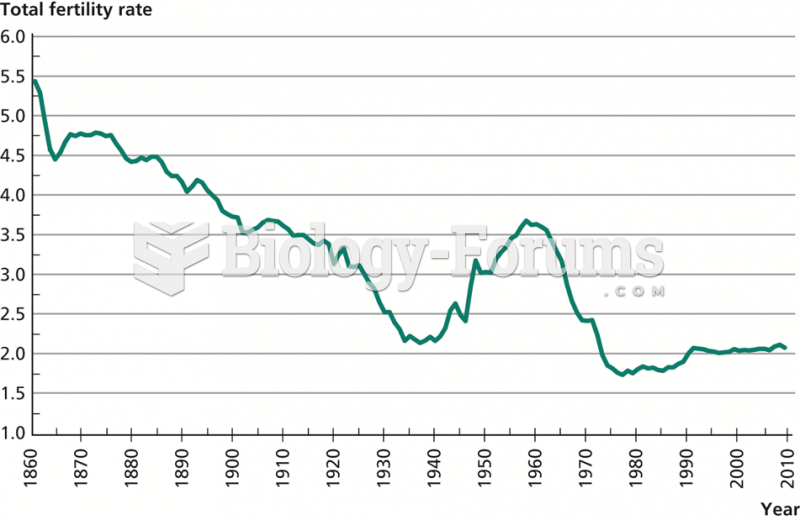This topic contains a solution. Click here to go to the answer
|
|
|
Did you know?
Bacteria have flourished on the earth for over three billion years. They were the first life forms on the planet.
Did you know?
The longest a person has survived after a heart transplant is 24 years.
Did you know?
It is believed that humans initially contracted crabs from gorillas about 3 million years ago from either sleeping in gorilla nests or eating the apes.
Did you know?
It is difficult to obtain enough calcium without consuming milk or other dairy foods.
Did you know?
This year, an estimated 1.4 million Americans will have a new or recurrent heart attack.







